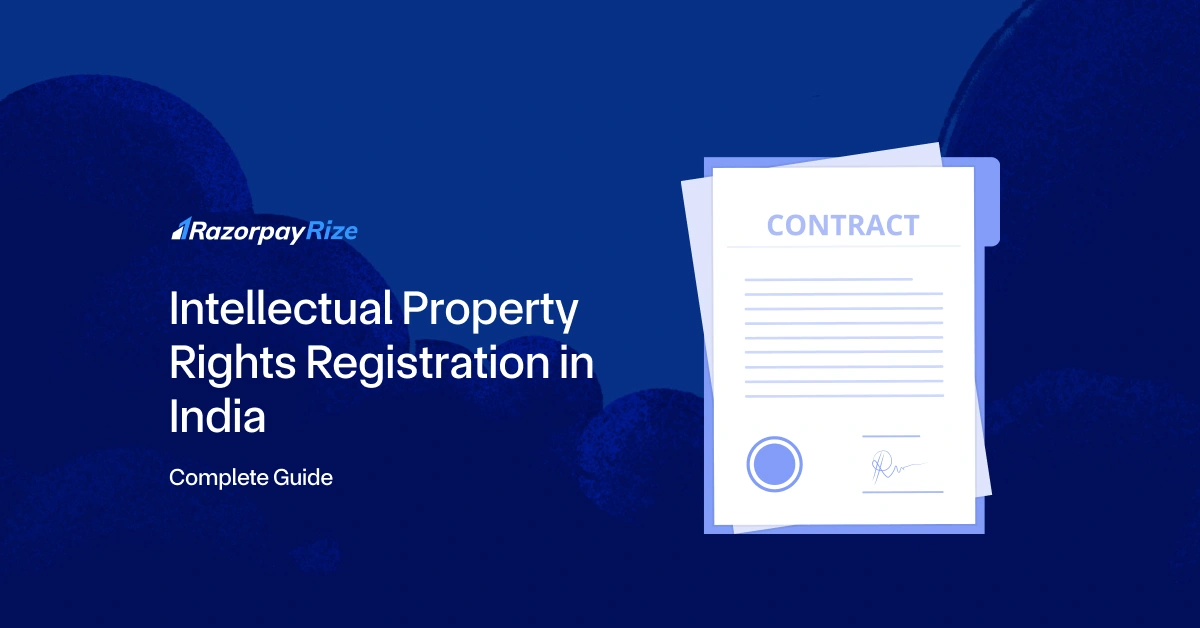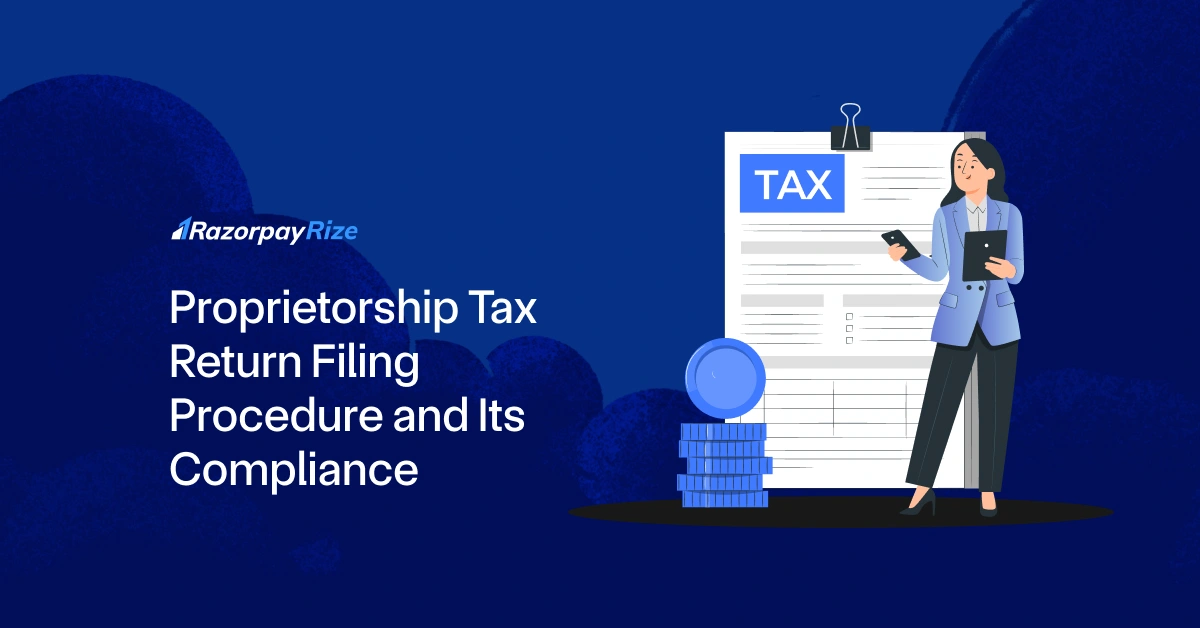Every Limited Liability Partnership (LLP) registered in India must comply with specific annual filing requirements under the Ministry of Corporate Affairs (MCA). One of the most important among these is LLP Form 8, also known as the Statement of Account and Solvency.
LLP Form 8 is a mandatory annual filing that provides a clear picture of an LLP’s financial position, including details of its assets, liabilities, income, and expenditure. It also includes a solvency declaration, confirming whether the LLP is capable of meeting its debts and obligations.
In this blog, we’ll explain everything you need to know about LLP Form 8- its due date, importance, penalties for late filing, and practical tips to stay compliant.
Table of Contents
Importance of Filing LLP Form 8 on the Due Date
Filing LLP Form 8 on time is not just a regulatory formality- it’s an important compliance practice that reflects the financial discipline of your business.
Here’s why timely filing is crucial:
- Compliance with MCA regulations: Every LLP is legally required to file Form 8 annually. Missing the due date attracts daily penalties and damages your compliance record.
- Financial transparency: The Statement of Account and Solvency helps partners, investors, and regulators assess the proper financial health of the LLP.
- Avoiding penalties: Timely filing prevents accumulating fines and legal issues that can arise due to negligence.
- Smooth operations: Maintaining up-to-date financial records simplifies audits, loan applications, and future filings.
In short, filing LLP Form 8 on or before the due date helps maintain credibility and ensures your business remains in good legal standing.
Form 8 LLP Due Date
The due date for filing LLP Form 8 is October 30 of every year. This means, for the financial year ending on March 31, the LLP must file its Form 8 on or before October 30 of the same year.
For example:
If your LLP’s financial year ended on March 31, 2025, you must file Form 8 by October 30, 2025.
This annual filing is a mandatory compliance requirement under the LLP Act, 2008, and it plays an essential role in ensuring:
- Financial transparency of the business
- Legal credibility and trust among stakeholders
- Avoidance of penalties and regulatory scrutiny
What Happens If Form 8 is Filed Late?
Failure to file the LLP Form 8 within the due date can lead to severe consequences under MCA regulations.
Here’s what happens if you miss the deadline:
- ₹100 per day penalty: The MCA imposes a late fee of ₹100 per day until the form is filed. There is no upper limit, meaning the amount can quickly escalate.
- Heavy penalties: Non-compliance can result in fines of up to ₹5,00,000 for the LLP and designated partners.
- Legal action: Persistent non-filing may lead to legal action, including disqualification or prosecution of partners.
- Loss of credibility: Delayed filings reflect poor governance and can damage the LLP’s reputation in the eyes of clients, investors, and banks.
Thus, missing the October 30 deadline can have a severe impact on both the LLP’s finances and its legal standing.
Tips to Avoid Late Filing of LLP Form 8
To ensure your LLP stays compliant and avoids costly penalties, here are a few practical tips:
- Prepare financial records early: Start organising your books and financial statements soon after the financial year ends (March 31).
- Hire a professional: Engage a Chartered Accountant or Company Secretary to ensure all filings are accurate and timely.
- Set reminders: Use calendar alerts or compliance management tools to track key due dates.
- Use the MCA portal efficiently: The MCA online system makes filing faster and easier- make sure your DSCs (Digital Signature Certificates) are active before you start.
- Don’t wait till the last week: Technical glitches or delays in document verification are common near the deadline- file at least a few weeks before October 30.
By following these steps, your LLP can ensure smooth and timely submission of Form 8 every year.
Frequently Asked Questions (FAQs)
Private Limited Company
(Pvt. Ltd.)
- Service-based businesses
- Businesses looking to issue shares
- Businesses seeking investment through equity-based funding
Limited Liability Partnership
(LLP)
- Professional services
- Firms seeking any capital contribution from Partners
- Firms sharing resources with limited liability
One Person Company
(OPC)
- Freelancers, Small-scale businesses
- Businesses looking for minimal compliance
- Businesses looking for single-ownership
Private Limited Company
(Pvt. Ltd.)
- Service-based businesses
- Businesses looking to issue shares
- Businesses seeking investment through equity-based funding
One Person Company
(OPC)
- Freelancers, Small-scale businesses
- Businesses looking for minimal compliance
- Businesses looking for single-ownership
Private Limited Company
(Pvt. Ltd.)
- Service-based businesses
- Businesses looking to issue shares
- Businesses seeking investment through equity-based funding
Limited Liability Partnership
(LLP)
- Professional services
- Firms seeking any capital contribution from Partners
- Firms sharing resources with limited liability
Frequently Asked Questions
What documents need to be attached with the LLP Form 8?
While filing LLP Form 8 (Statement of Account and Solvency), the following attachments are typically required:
- Disclosure under the Micro, Small and Medium Enterprises (MSME) Development Act, 2006, if applicable
- Statement of Contingent Liabilities, if any
- Details of any charges or security interests created on assets of the LLP
- Statement of Income and Expenditure (optional but recommended for clarity)
- Digital Signatures (DSCs) of Designated Partners and the Practising Chartered Accountant (CA) / Company Secretary (CS) / Cost Accountant who certifies the form
Note: If the total turnover exceeds ₹40 lakh or the contribution exceeds ₹25 lakh, the accounts must be audited, and the auditor’s details and signature are also required in Form 8.
Who is exempted from filing Form 8 LLP?
No LLP is entirely exempt from filing Form 8- every registered LLP must file it annually, regardless of whether it has carried out business or not.
What are the requirements for filing the Statement of Accounts and Solvency, and what will be the Form 8 attachment?
The key requirements for filing Form 8 are:
- The LLP must prepare its books of accounts up to March 31 of the financial year.
- A declaration of solvency must be made by at least two designated partners, confirming that the LLP is capable of paying its debts.
- The form must be digitally signed by the designated partners and certified by a practising professional (CA/CS/CMA).
- If the LLP’s turnover exceeds ₹40 lakh or the contribution exceeds ₹25 lakh, the accounts must be audited and the auditor’s report attached.
Attachments with Form 8 include:
- Statement of Contingent Liabilities (if any)
- Disclosure under the MSME Act (if applicable)
- Details of charges created on assets
- Copy of Profit & Loss Account and Balance Sheet (if voluntarily attached or required due to audit)
Could Form 8 of LLP be amended once it has been furnished?
Once Form 8 has been successfully filed and approved by the MCA, it cannot be revised or amended online. However, in some instances, the Registrar may allow submission of a fresh corrected form or provide a written directive for rectification.
When is the due date for filing LLP Form 8?
The due date for filing LLP Form 8 is October 30 of every year. This means every LLP must file the Statement of Account and Solvency within 30 days from the end of the six-month period of the financial year (which ends on March 31).

















